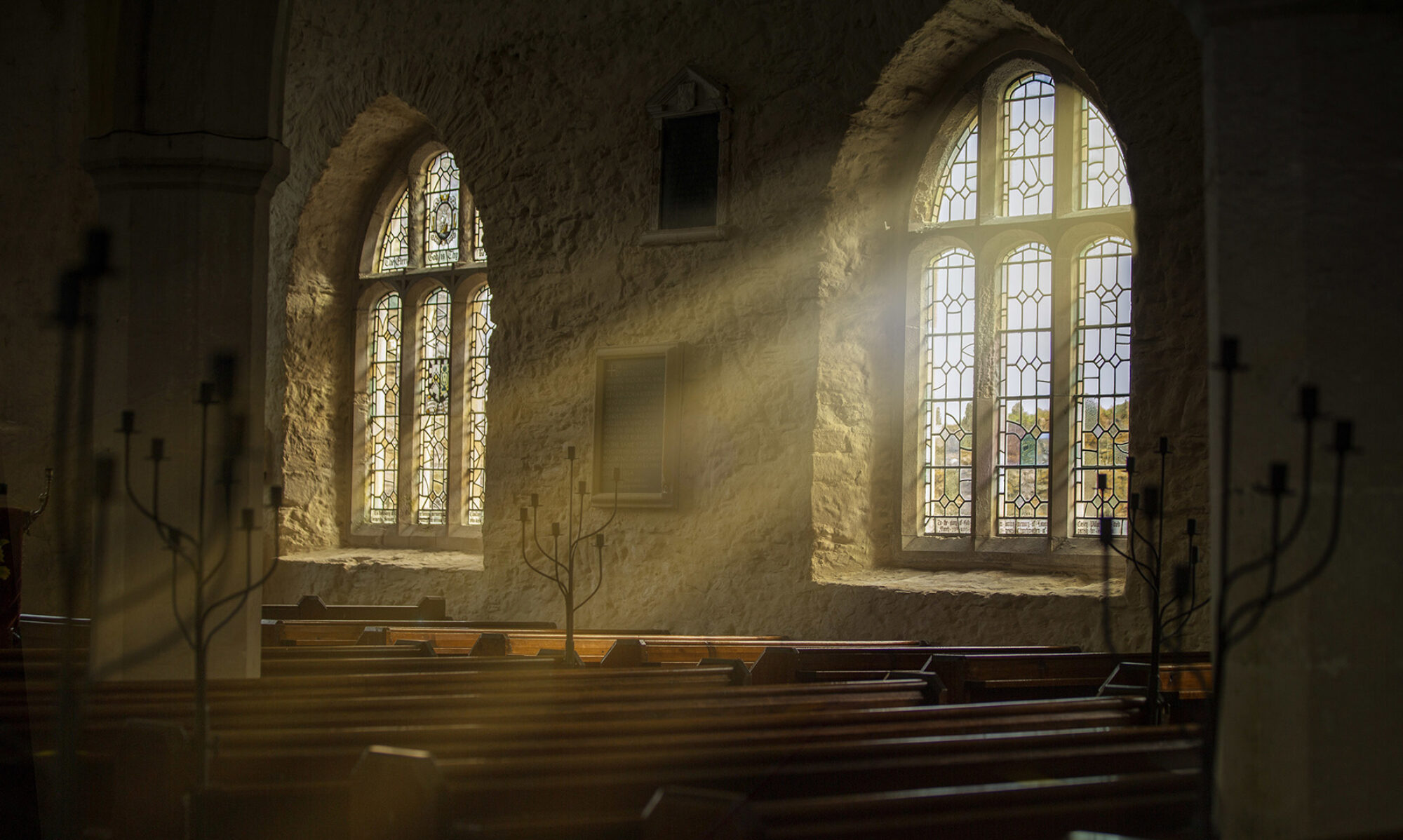The past couple of weeks, I have been addressing the role of preaching within the local church. Specifically about the how and why of preaching more than the what of preaching.
This preaching-focus is connected to one of the primary roles (or Pillars) pastors must fulfill to be effective in ministry. In the Transforming Pastoral Ministry and Leadership model I am offering, this is Pillar #4: Preaching, Teaching, and Worship.
I am also suggesting that we learn to practice the art/craft of preaching much like a Curator practice the art/craft of creating an environment within a museum.
A Curator’s goal is to create an environment that is conducive to a transcendent experience. If you’ve ever walked through a thoughtfully crafted art display, then you know what I am talking about.
You often find yourself lingering, caught up in the experience. When you do leave, you feel like you’ve experienced a larger story. A story the artist him or herself has created.
You’ve been a part of the experience in a way that has left you wanting more.
In the same way, a preacher is a Curator of spiritual truth. Creating an experience based on the artifacts of faith that stand beyond and transcend modern life. This curation process considers the Scriptures, first and foremost, and then works out from that point. Taking into account our vast history and experience, both ancient and modern.
In fact, I think of myself as a Curator of spiritual truth more than a proclaimer, presenter, defender, prophet, teacher, etc. This way of viewing my role – in essence, the how and why I go about preaching – creates a sensitivity to the overall environment and experience of worship week-in and week out.
Some may wonder, “is the role of Curator biblical?”
It’s a fair question. One to which I’d answer a resounding yes.
While we may not find the precise word in Scripture, its cousins are all over the place.
Some of the most prevalent images, metaphors, and terms related to the role of pastor as Curator are:
- Shepherd. Perhaps the most prevalent of all images. Abraham, David, Moses, Amos, Peter, Paul are all framed within the image – at some point – of being a shepherd. A shepherd cultivates a flock and curates (arranges) the surrounding for their health.
- Farmer. There are dozens of passages that accentuate the role of farming in Scripture and directly connect them to God’s people.
- Cultivator. One who develops faith walk. If you are going to cultivate (another primary Pillar), you must first curate! If cultivating – tending the soil (of the soul) – is the primary mission of a pastor/church, then being sure the soil is healthy, well cared for, rotated, organized, and arranged for growth is what I call the process of curating.
- Guarding/Protector. This image is everywhere. It also hints at curation when you think of arranging and assembling truth in a way that offers protection, guidance, wisdom, and joy!
Well, you get the picture. The themes of curating spill out all over the place when we contemplate and chew on the Scriptures. It’s time we, in the church, recapture them and re-envision or re-imagine ministry around them!
Much of preaching in the modern era fails to capture the beauty of curating (primarily about an experience) because we’ve been lost in the sterile world of cognition (primarily about a lesson).
Cognition is not unimportant.
Indeed, thoughtfully studying the Scriptures and preparing a well-constructed message is vastly important. It is, however, the only thing many of us consider to be important. When that’s the case, we turn the church experience into a lecture hall where we wow them with our knowledge or a concert where we impress them with our presentation.
Worship, however, is more like a feast or like gathering at a banquet whose bounty knows no end!
So, if you merely teach or preach a lesson, you run the risk of losing the transcendence of God’s presence. This loss is, no doubt, an unintended consequence, but it’s a consequence none-the-less.
That’s why I am learning to approach my weekly preparation as a curator. I begin my week of preparation by contemplating the symbols, rituals, stories, memorials, metaphors, and images the passage itself presents.
Then, with an eye toward Sunday morning, I bring these images to the Lord, asking Him what He wishes to share and how He wants them shared! One of the ways I do this is to ask Him to first arrange my life around His word during the week.
Then I do the cognitive work required to safeguard from running amuck. I spend extensive time in study. As I study, I bring my contemplative discoveries with me.
I hold them up to scrutiny. Whatever survives is what I consider arranging the worship/preaching experience around!
In my mind, this is a cognitively contemplative approach that opens our hearts to the presence of Christ, both within and among us.
It also, more importantly, keeps our hearts attuned to His presence as we preach.
Disrupting to Renew!
I’d Love to Hear from You!
Error: Contact form not found.



